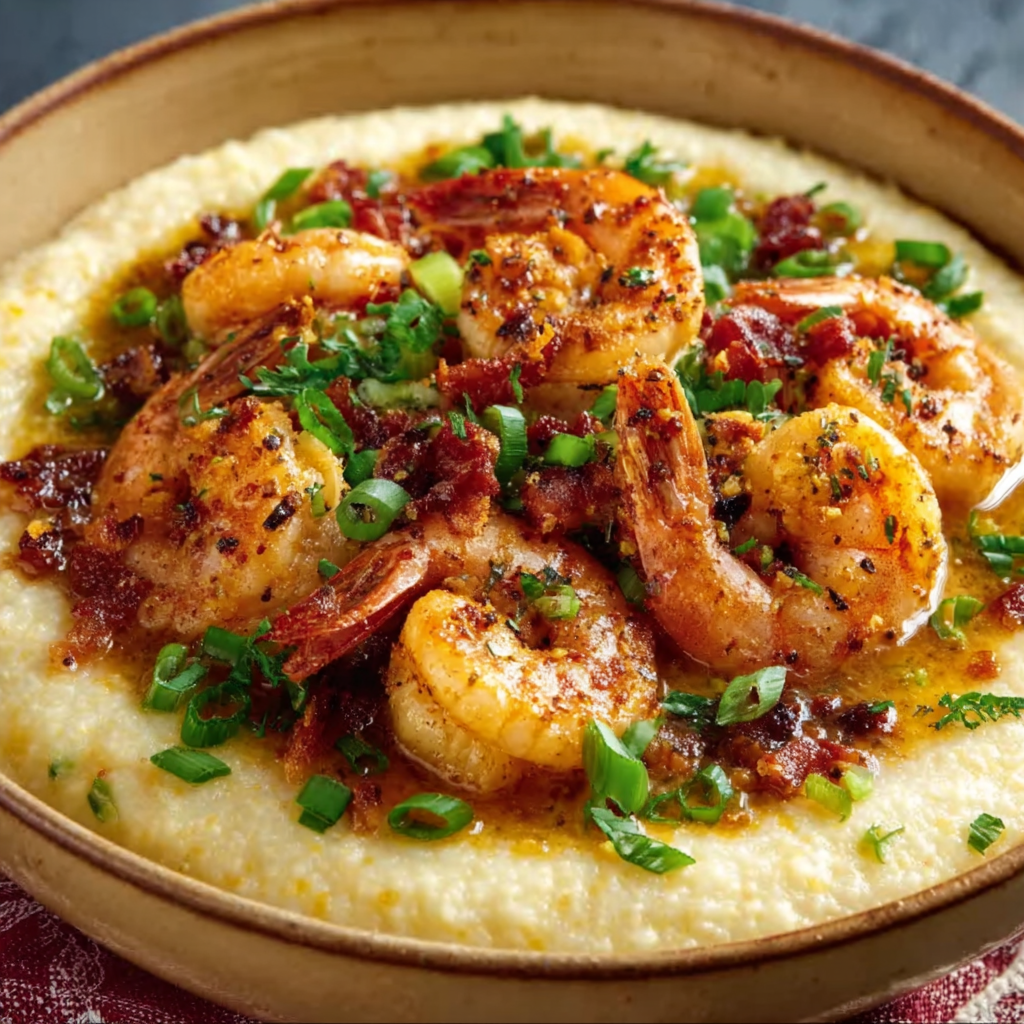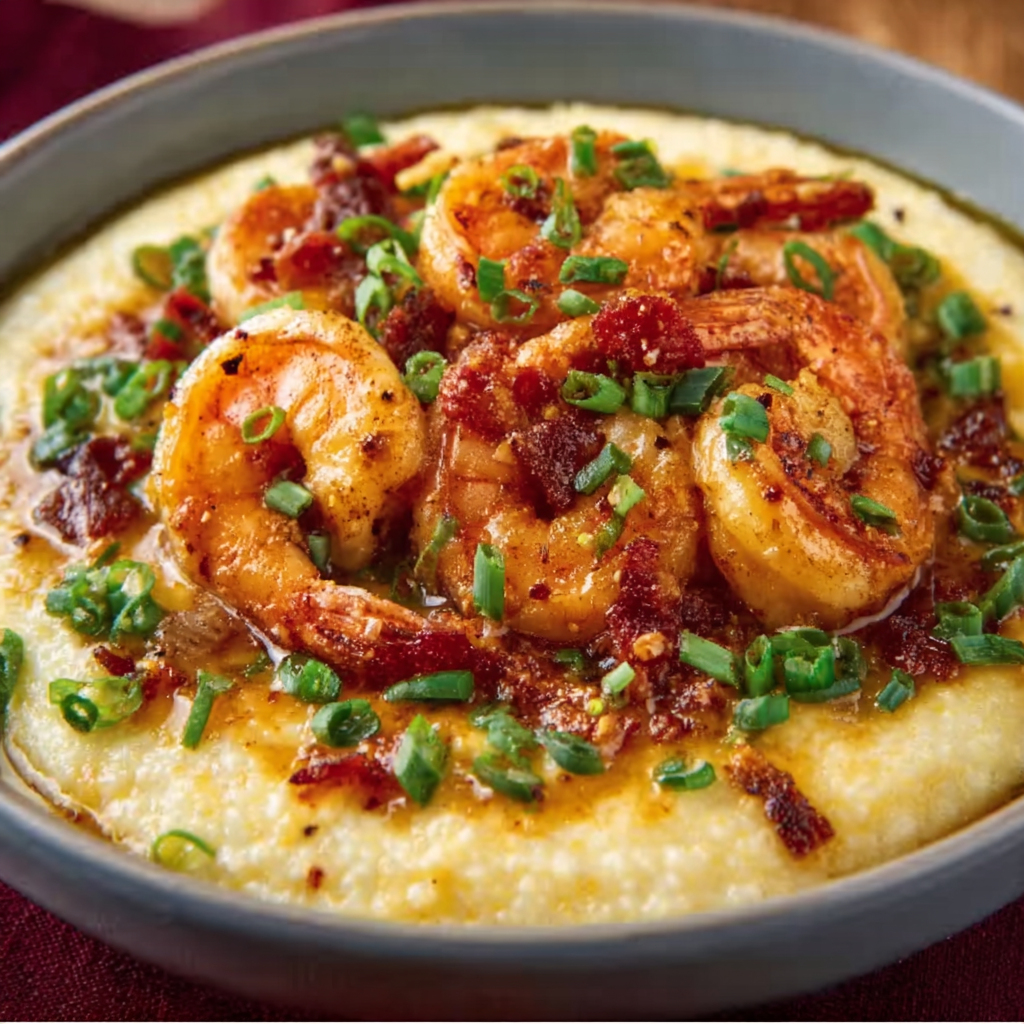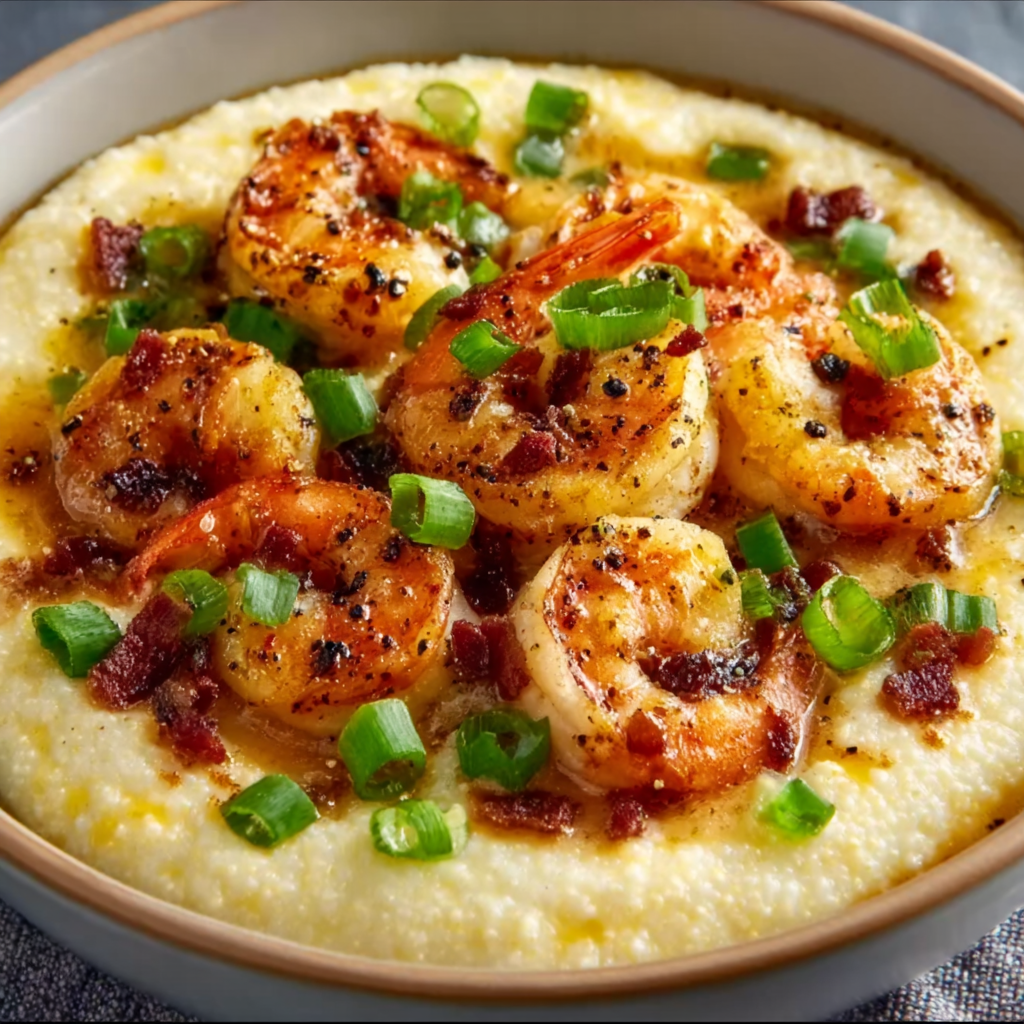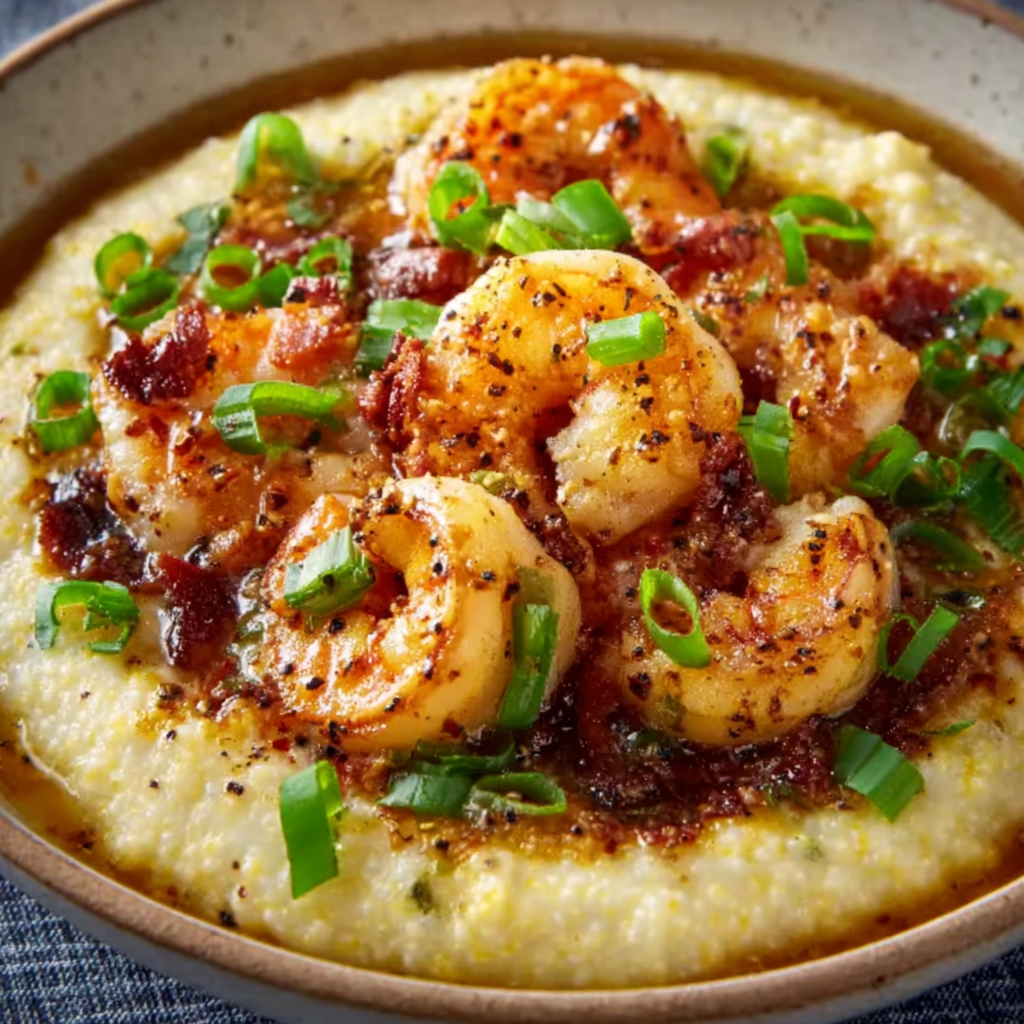New Orleans Creole Cuisine
Discover how Creole cuisine in New Orleans elevates simple ingredients into iconic dishes beloved worldwide. From bustling French Quarter kitchens to home-style eateries, this culinary tradition blends French, Spanish, African, and Caribbean influences into unforgettable flavor experiences. With roots in Southern comfort food, every plate tells a story of cultural fusion and vibrant history.
Dive into the History of Creole Cuisine to understand how seasoning blends and cooking techniques evolved. These traditions set the stage for signature dishes like shrimp and grits, which you can explore further in our What Are Grits? guide, detailing stone-ground and quick-cooking methods. Pairing tips enhance every bite perfectly.
Embrace the spirit of New Orleans by sampling regional shrimp varieties and mastering the Cajun seasoning art. Visit our internal Key Flavor Components overview and check out inspiring Creole cooking ideas on Pinterest for vibrant presentation tips and essential aromatic creative detailed foundations in each recipe.

A Brief History of Creole Cuisine
Rooted in the colonial era of Louisiana, Creole cuisine emerged as a fusion of French, Spanish, African, and Caribbean traditions. Settlers and enslaved communities adapted familiar techniques and local produce, birthing dishes defined by layered flavors and bold spices. Central to this evolution was the use of a roux-based foundation, developing the cornerstone for stews like gumbo and jambalaya.
Key milestones in the development of Creole cooking include:
-
Arrival of French settlers in the 18th century, introducing classic French methods
-
Spanish governance, which contributed ingredients like tomatoes
-
West African culinary practices, emphasizing okra and rice
-
Shared techniques with Cajun cuisine communities
Explore detailed evolutions in our History of Creole Cuisine overview, and see how regional produce shapes recipes on Pinterest’s Creole “Holy Trinity” Inspiration. Learn how roux variations distinguish Creole from Cajun styles via our internal Cajun Seasoning vs. Creole Seasoning guide.
By the late 19th century, New Orleans chefs in the French Quarter were refining rich sauces and perfecting seafood dishes. Visit the Louisiana Shrimp Industry link to understand the impact of gulf shrimp on local tables. This culinary legacy continues to inspire modern kitchens along the bayou. Embrace this heritage daily.
What Are Grits?
Grits are a staple of Southern cuisine, made by coarsely grinding dried corn kernels into a hearty meal. This simple preparation transforms coarse cornmeal into a versatile base that can be customized with butter, cheese, or cream. Grits deliver comforting texture and subtle sweetness, anchoring dishes from breakfast bowls to elegant entrées.
Stone-ground grits, the most traditional variety, retain the entire grain’s nutrient-rich germ and bran, resulting in a robust mouthfeel and nutty flavor. For detailed cooking techniques and serving ideas, see our Key Flavor Components guide. Explore the fundamentals on What Are Grits? for historical context or find practical tips on Stone-Ground Grits Techniques for perfect consistency every time.
Other popular types include:
-
Quick-cooking grits, precooked for speed and convenience
-
Instant grits, fully cooked then dried for rapid preparation
-
Whole-grain variations, preserving maximum nutrition
-
Cream cheese-infused grits for extra decadence and visual texture Southern Breakfast Boards
See Shrimp and Grits Variations and our Cajun vs. Creole Seasoning guide for creative twists on this classic.
For a deeper dive into grits science and texture optimization, read our What Are Grits? article. Discover creative garnish inspirations on Garnishing Ideas for Creole Dishes to elevate visually appealing presentation and technique tips.
The Role of Shrimp in Louisiana Cooking
Gulf shrimp are central to Louisiana’s seafood heritage, bringing sweet, briny flavor to countless dishes. Harvested from the Gulf of Mexico, these crustaceans vary seasonally, affecting availability and price. Their versatile texture makes them ideal for stews, sautés, and of course, shrimp and grits.
In Louisiana, industrial and small-scale fisheries coexist. Learn more about the state’s economic impact at Louisiana Shrimp Industry. Chefs in the French Quarter celebrate local catch in everything from gumbo to ceviche. For insight into New Orleans’ culinary landscape, visit the Overview of New Orleans Food Scene. Innovative variations on classic protein pairings are showcased in recipes like Shrimp and Grits Variations and Stone-Ground Grits Techniques. Explore related flavors in our internal Key Flavor Components guide.
Professional kitchens often rely on precise Cajun seasoning blends. Compare profiles at Cajun Seasoning vs. Creole Seasoning. Home cooks draw inspiration from Creole “Holy Trinity” Inspiration and hearty Southern Breakfast Boards. For serving flair, check Garnishing Ideas for Creole Dishes. Deepen your knowledge with What Are Grits? and History of Creole Cuisine. Season each dish using tips from our internal Shrimp and Grits Tips. Seasonality and freshness ensure authentic, distinct Creole taste profiles.
Key Flavor Components of Shrimp & Grits
Shrimp & Grits relies on a harmony of spices, aromatics, and bright accents:
-
Creole vs. Cajun Seasoning:
-
Creole seasoning features herbs like oregano and thyme, offering an earthy backdrop.
-
Cajun seasoning leans on paprika, cayenne, and garlic powder for a spicier punch. Compare blends in our internal Cajun Seasoning vs. Creole Seasoning guide.
-
-
Holy Trinity of onion, bell pepper, and celery:
-
Sauté equal parts for a fragrant, savory foundation essential to gumbo, jambalaya, and this dish.
-
See vibrant layering examples on Creole “Holy Trinity” Inspiration.
-
-
Balance of Richness and Brightness:
-
Butter and sharp cheddar melt into the grits for creamy indulgence.
-
Fresh lemon juice and chopped parsley cut through the richness with zesty lift.
-
Enhance final plating with a light dusting of smoked paprika or a garlic-infused oil drizzle to underscore aromatic depth and deliver an unmistakable taste of New Orleans.
Ingredient Deep Dive
For the Grits
For creamy stone-ground grits, use 1 cup of grits with 4 cups of liquid—water or a water-to-milk ratio for richness. Bring liquid to a gentle boil, whisking in grits slowly. Lower heat, cover, and stir every five minutes for about twenty minutes until tender. Stir in 2 tablespoons of butter and ½ cup of sharp cheddar, seasoning with salt and freshly ground pepper. For cooking methods and texture tips, see What Are Grits? or explore our Stone-Ground Grits Techniques. Perfect grits create the comfort-food foundation. Adjust liquid ratios to customize consistency and experiment with cheese blends or spices.
For the Shrimp Topping
Begin by crisping 6 slices of chopped turkey bacon in a skillet over medium-high heat. After 3 minutes, add 4 ounces of diced chicken ham and ½ cup sliced beef sausage, browning for 3 minutes. Remove meats, then melt 2 tablespoons of butter. Sauté 2 minced garlic cloves and the white parts of ½ cup chopped green onions until fragrant. Return meats to the pan, then add 1 pound peeled, deveined shrimp and 1 tablespoon of Cajun seasoning, stirring until shrimp turn pink—about 4 minutes. Finish with 1 tablespoon of fresh lemon juice and 2 tablespoons of chopped parsley, seasoning with salt and pepper to taste. For context, explore the Louisiana Shrimp Industry or see New Orleans’s culinary evolution on Overview of New Orleans Food Scene. Inspiration awaits at Shrimp and Grits Variations or browse Southern Breakfast Boards.
Step-by-Step Recipe Walkthrough
-
Cook the Grits
-
Bring 4 cups of water (or 2 cups water + 2 cups milk) to a gentle boil.
-
Gradually whisk in 1 cup stone-ground grits, reduce heat to low, cover, and stir every 5 minutes for 20 minutes.
-
When tender, stir in 2 tablespoons butter and ½ cup shredded sharp cheddar. Season with salt and pepper and keep warm.
-
-
Prepare the Meats
-
In a large skillet over medium-high heat, cook 6 slices chopped turkey bacon until crisp (~3 minutes).
-
Add 4 ounces diced chicken ham and ½ cup sliced beef sausage; brown for 3 more minutes.
-
Remove and set aside.
-
-
Sauté Aromatics & Shrimp
-
In the same skillet, melt 2 tablespoons butter. Add 2 cloves minced garlic and the whites of ½ cup chopped green onions; sauté 30 seconds.
-
Return meats to pan. Add 1 pound peeled, deveined shrimp; sprinkle 1 tablespoon Cajun seasoning. Stir until shrimp turn pink (~4–5 minutes).
-
-
Finish & Plate
-
Stir in 1 tablespoon fresh lemon juice and 2 tablespoons chopped parsley. Taste, adjust salt and pepper.
-
Spoon grits into bowls, top with the shrimp-meat mixture. Garnish with extra parsley and sliced green onions.
-
Tips, Tricks & Variations
-
Protein Swaps: Replace beef sausage with andouille or pancetta for smoky depth.
-
Heat Control: Reduce Cajun seasoning or add a pinch of cayenne to dial up spice.
-
Make-Ahead: Cook grits and shrimp mixture separately; reheat gently before serving.
-
Freezer-Friendly: Portion grits into freezer bags—thaw in warm water—and reheat the topping stovetop.
-
Flavor Boost: Stir a dollop of cream cheese into grits or finish with a drizzle of garlic-herb oil.
Serving Suggestions & Pairings
-
Side Dishes:
-
Sautéed collard greens
-
Warm buttermilk cornbread
-
Crispy fried okra
-
-
Beverage Pairings:
-
Iced sweet tea for a Southern classic
-
A classic Sazerac cocktail for authentic New Orleans flair
-
A crisp Sauvignon Blanc to cut richness
-
Health & Nutrition Considerations
-
Calories & Macros: One serving (~1 cup grits + topping) contains ~550 kcal, 28 g protein, 35 g fat, 38 g carbs.
-
Lighter Version: Use low-fat milk in grits, substitute turkey sausage, and reduce butter by half.
-
Gluten-Free: Grits are naturally gluten-free; confirm sausages and seasonings for certification.
-
Dairy-Free: Swap butter for olive oil and omit cheese or use a plant-based alternative.
FAQs
1. Can I use quick-cooking grits instead of stone-ground?
Yes, but quick grits lose some texture and depth. If using quick-cooking, reduce liquid to 3 cups and simmer only 5 minutes.
2. How do I prevent grits from becoming gluey?
Stir gently and infrequently—over-stirring releases excess starch, causing gummy texture.
3. What’s the best way to devein shrimp quickly?
Use a small paring knife to slice the back of the shrimp and lift out the vein with the tip or a toothpick.
4. Is there a vegetarian version of shrimp and grits?
Substitute shrimp with roasted mushrooms and omit meats; use vegetable stock and vegan butter.
5. Can I prepare components ahead of time?
Yes—cook grits and shrimp topping separately, store in airtight containers, and gently reheat before serving.
Exploring New Orleans Creole Cuisine: Shrimp and Grits Recipes and Tips
Experience comfort-food brilliance with this New Orleans-inspired Shrimp and Grits. Creamy, cheese-laden stone-ground grits meet a savory mélange of turkey bacon, chicken ham, beef sausage, and perfectly seasoned Gulf shrimp. Bright lemon and fresh parsley lift each bite, while garlic and the Creole “holy trinity” provide authentic depth. Serve for brunch, dinner, or special gatherings to deliver a true taste of Creole heritage.
- Author: Clara
Ingredients
For the grits:
- 1 cup stone-ground grits
- 4 cups water (or 2 cups water + 2 cups milk for creamier grits)
- 2 tablespoons unsalted butter
- ½ cup sharp cheddar cheese, shredded
- Salt and freshly ground black pepper, to taste
For the shrimp topping:
- 1 pound large shrimp, peeled and deveined
- 6 slices turkey bacon, chopped
- 4 ounces chicken ham, diced
- ½ cup beef sausage (or beef kielbasa), sliced
- 1 tablespoon Cajun seasoning
- 2 cloves garlic, minced
- ½ cup finely chopped green onions (whites and greens separated)
- 1 tablespoon fresh lemon juice
- 2 tablespoons unsalted butter
- 2 tablespoons chopped fresh parsley
- Salt and pepper, to taste
Garnish (optional):
- Extra chopped parsley
- Sliced green onions
Instructions
Preheat a medium saucepan over medium heat, bring the water (and milk, if using) to a gentle boil. Gradually whisk in the grits, reduce heat to low, cover, and simmer, stirring occasionally, until thickened and tender—about 20 minutes. Stir in butter and shredded cheddar, then season with salt and pepper. Keep warm.
While the grits cook, heat a large skillet over medium-high heat. Add the chopped turkey bacon and cook until it starts to crisp, about 3–4 minutes. Stir in the diced chicken ham and beef sausage; continue to cook until the sausage is lightly browned, about 3 minutes more. Remove the meats from the skillet and set aside.
In the same skillet, melt 2 tablespoons of butter over medium heat. Add the minced garlic and the white parts of the green onions; sauté until fragrant, about 30 seconds. Return the cooked meats to the pan, then add the shrimp and sprinkle with Cajun seasoning. Cook, stirring frequently, until the shrimp turn pink and opaque—about 4–5 minutes.
Stir in the lemon juice, chopped parsley, and the green parts of the onions. Taste and adjust seasoning with salt and pepper if needed.
To serve, spoon a generous portion of cheesy grits into each bowl and top with the Cajun shrimp and meat mixture. Garnish with extra parsley and green onions if desired.
Notes
-
Ingredient Quality: Opt for gulf shrimp when in season for peak sweetness.
-
Seasoning Adjustment: Taste before plating; adjust Cajun seasoning and lemon to suit your palate.
-
Make-Ahead Tip: Prepare grits and topping up to 2 days in advance; gently reheat separately.
-
Storage: Refrigerate leftovers in separate containers for up to 3 days; reheat on stove with a splash of water or milk for grits.
-
Garnish Ideas: Top with sliced green onions, chopped parsley, or a sprinkle of smoked paprika for color contrast and extra flavor.






